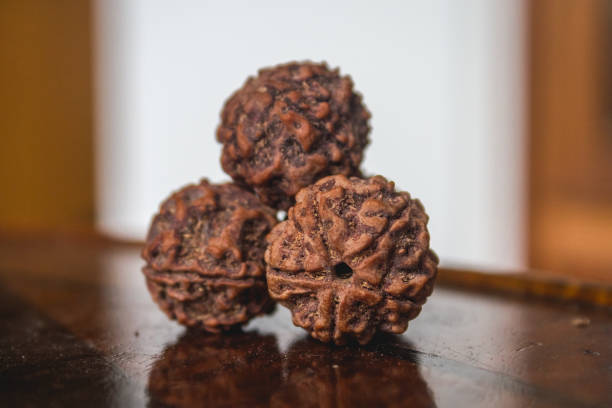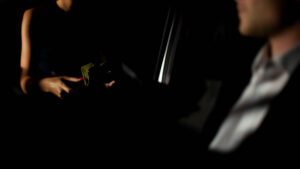Overview
In Hinduism, rudraksha beads are very spiritual and therapeutic. They are frequently worn for tranquility, safety, and spiritual development and are thought to be Lord Shiva’s tears. However, there are a lot of fake or imitation Rudrakshas on the market due to the increase in demand. You can identify real beads and ensure that you are wearing a legitimate Rudraksha mukhi that will actually benefit you by learning how to check one at home.
Comprehending Rudraksha and Its Mukhi
It’s crucial to comprehend what mukhi means before understanding how to check rudraksha mukhi. The natural faces or lines that extend from the bead’s top (mouth) to bottom (tail) are referred to as mukhi. Every mukhi has its own governing god and spiritual significance. For example, Lord Shiva is represented by a 1 mukhi Rudraksha, but Lord Kalagni Rudra is represented by a 5 mukhi. The Rudraksha’s nature and vitality are determined by the number of mukhis, so accurately identifying them is crucial.
- The Test of Water
The water test is one of the easiest methods to verify Rudraksha mukhi at home. Drop your Rudraksha bead into a clean bowl of water. A false or altered Rudraksha may float, but a real one typically sinks. Nevertheless, certain artificial beads can be weighted to sink, thus this test is not entirely reliable. Nevertheless, it is a first basic inspection.
- The Test of Copper Coins
The copper coin test is another conventional technique for determining Rudraksha mukhi. Gently rub your Rudraksha bead between two copper pennies. It might not be real if the bead attracts the coins or produces static. There is nothing metallic or magnetic about a real Rudraksha. Rudrakshas that have undergone chemical treatment or artificial polishing can be identified using this test.
- The Test of Milk
Soaking the Rudraksha in a glass of milk for roughly a day is a more spiritual test. The milk won’t become discolored or lose its original hue if it is pure Rudraksha. It might be a duplicate if the milk becomes black or the bead appears polished later. This technique also aids in determining whether the Rudraksha has undergone chemical modification.
- Carefully Examining Mukhi Lines
Counting the natural lines is the most crucial step in determining Rudraksha mukhi. Every mukhi extends uninterrupted from the top to the bottom of the bead. The bead may not be genuine if you see painted lines, false carvings, or breaks. Make sure the lines are organically created by attentively examining the bead with a magnifying glass or natural light.
- Look for Laboratory or Expert Verification
Although at-home testing are useful, a reputable Rudraksha specialist or gemological lab is the most reliable source of authenticity confirmation. Test results indicating the quantity of mukhis and whether they are natural or processed are included with certified Rudrakshas. For higher mukhi Rudrakshas, which are costly and frequently falsified, this procedure is very crucial.
In conclusion
You can avoid purchasing counterfeit or altered beads if you know how to check Rudraksha mukhi at home. Genuine Rudrakshas can be identified using straightforward techniques like the water, copper, and milk tests as well as close examination of natural mukhi lines. However, it is best to have the bead confirmed by a qualified specialist for total confidence. In addition to having spiritual significance, genuine Rudrakshas can provide you with genuine tranquility, protection, and divine connection.




